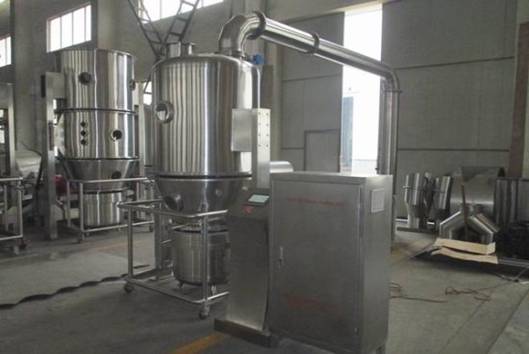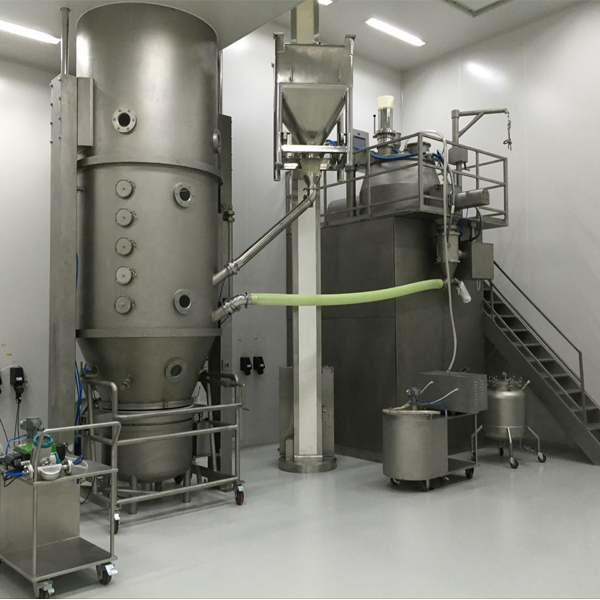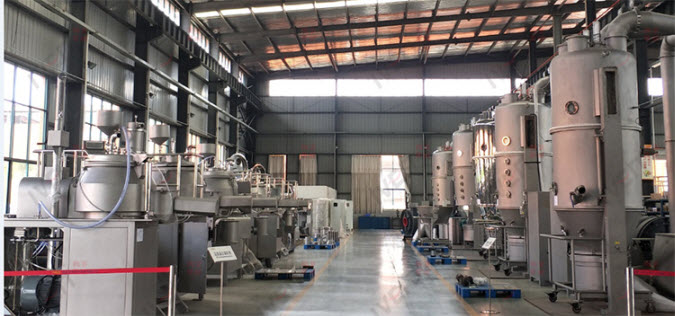Fluid Bed Dryer Industrial Applications
A fluid bed dryer is a highly efficient method of drying. It offers a high rate of drying and can be used with a variety of feedstock. It also allows you to control the airflow and humidity, which in turn helps reduce production batch time.
What is a Fluid Bed Dryer?
The fluid bed dryer is a continuous drying system that consists of a stainless steel chamber. It transports coarse particles over a perforated bed and evaporates water within the pieces. A fan initiates air flow in one direction and the temperature is adjusted to maintain a moving layer of material fluidized.
An analytical model was developed to simulate the fluidized bed drying process. This model was solved numerically in Suherman. Several signal analysis methods were used to analyze pressure fluctuation data. However, the optimum calculation parameters were not easily selected.
In addition, chaos and frequency analysis were used to analyze bed pressure drop measurements. Passive acoustic emission measurements were also incorporated into the control system.
These measurements provide additional information about the process. Although passive acoustic emissions were found to be a useful monitoring method, they are susceptible to complex variability throughout the drying process. For this reason, the researchers investigated the use of non-invasive vibration measurement as a reliable way of identifying the drying endpoint.

What are the Industrial Applications of Fluid Bed Dryer?
One of the most common industrial applications of fluid bed dryers is in the chemical industry. It is used to reduce the moisture content of pharmaceutical granules. The main features of this drying process are the low contact time, high containment of material, and a high level of moisture removal.
Modern designs incorporate sensitive sensors, which allow constant feedback on key process parameters. These variables include air velocity, temperature, flow, and surrounding environmental conditions. All of these factors affect the moment, heat, and mass transfer and can be used to monitor and control the flow characteristics of a fluidized bed dryer.
A fluidized bed dryer is composed of a base consisting of an inlet air plenum, a rapture disk, and a product chamber. The inlet air plenum is designed to allow for air flow up the main tower. Increasing the airflow increases the speed of mass transfer.

Fluid Bed Dryer has Control Over Airflow & Humidity
Control over airflow and humidity in fluid bed dryer industrial applications is a key factor in improving efficiency. The ability to control these two parameters can increase the productivity and reduce energy consumption. In addition, these variables can also help identify the end point of the drying process.
Modern fluidized bed dryer designs include sensitive sensors. These can be used to measure the moisture content of the particulates within the bed. However, the accuracy of the measurements can be affected by poor fluidization conditions.
This can cause the moisture content of the granules to vary significantly from one measurement to the next. To ensure accurate moisture content measurements, the bed must be at the appropriate temperature and fluidization conditions.
Poor fluidization conditions can also cause inaccurate temperature measurements. Depending on the nature of the material, it may be necessary to adjust the inlet and outlet air temperature.

Benefits of Fluid Bed Dryer
When it comes to the best way to dry a wide variety of products, the fluid bed dryer is the most opportune device. This type of dryer is multifunctional, as it can perform many functions, such as mixing, cooling, granulation, and drying. Compared to other systems, the fluid bed dryer can provide better drying results, owing to its ability to control the inlet air temperature. Besides, its fewer mechanical parts make it less noisy and more energy efficient.
The fluid bed dryer can be paired with a granulation system to reduce the amount of moisture content in the final product. However, the process requires a higher amount of power.
The design of the fluid bed dryer enables it to operate at relatively low temperatures, which is important for certain applications. These dryers are able to handle flammable solids and toxic chemicals. However, their low flexibility and poor fluidization make them incompatible for certain industries.
Some of the main advantages of the fluid bed dryer are their high drying rate, high containment of materials, and the ability to process a variety of wet products. It is also used to dry pastes and biomaterials.

The Bottom Line
Fluid Bed Dryers are used in a wide range of industries. They can process slurries, pastes, wet or dry powders, and suspensions. Using a fluid bed dryer allows for thorough mixing and thorough containment of materials.
The fluid bed dryer offers high containment of the material and minimizes the risks of burning or particles agglomerating. It also provides consistent results and low labor costs.
















